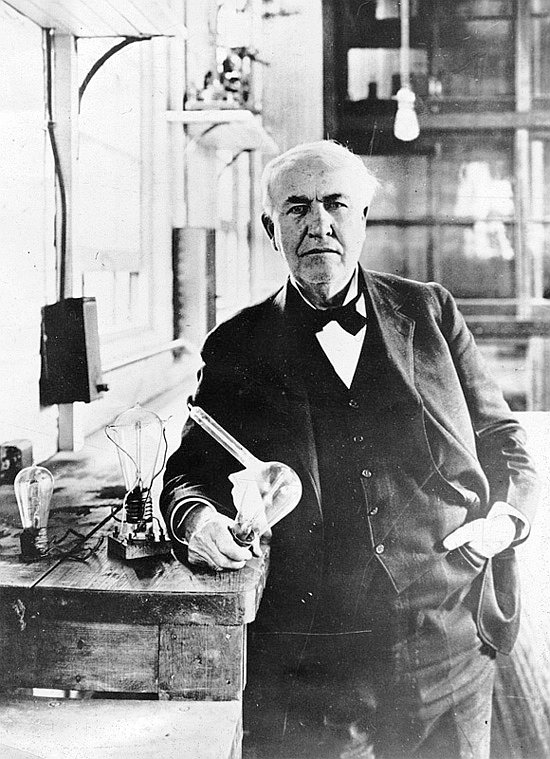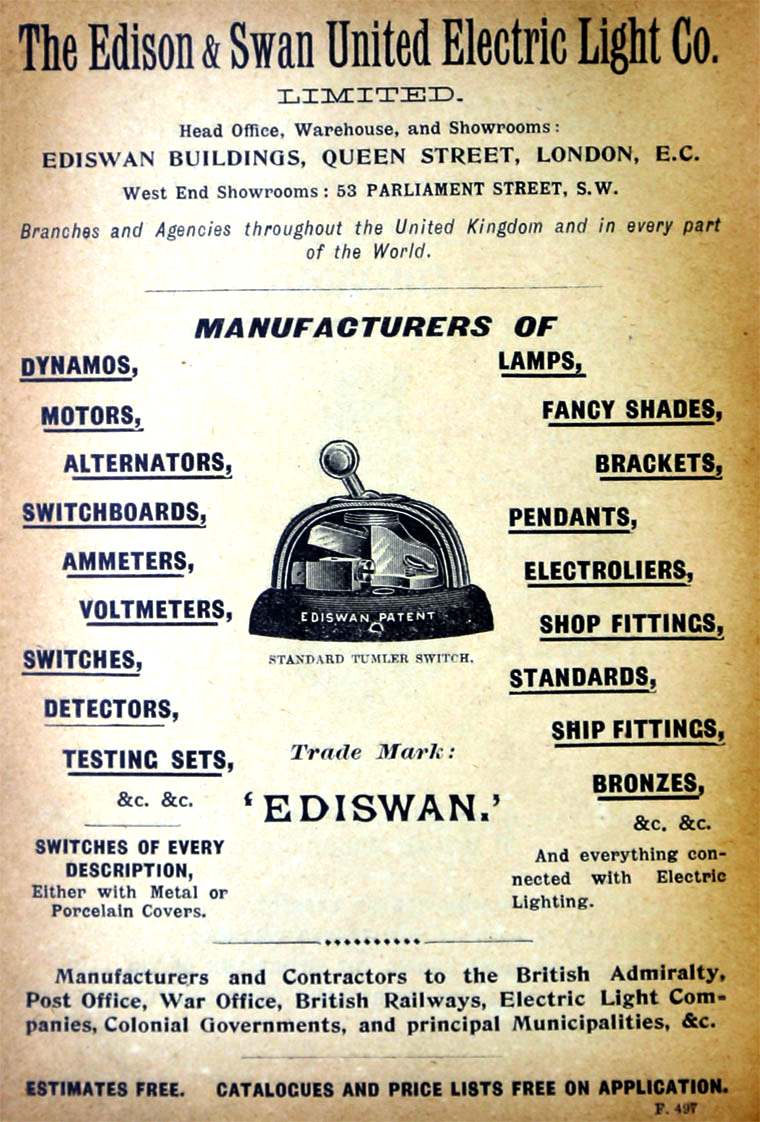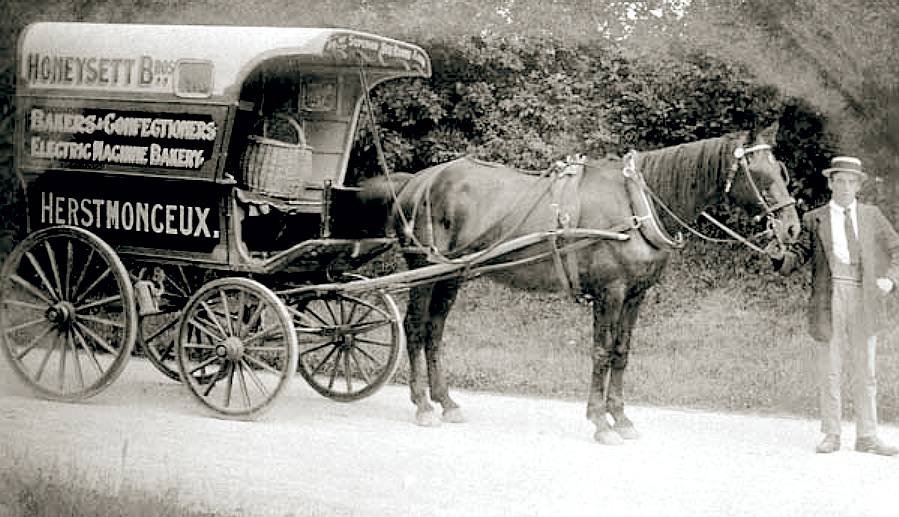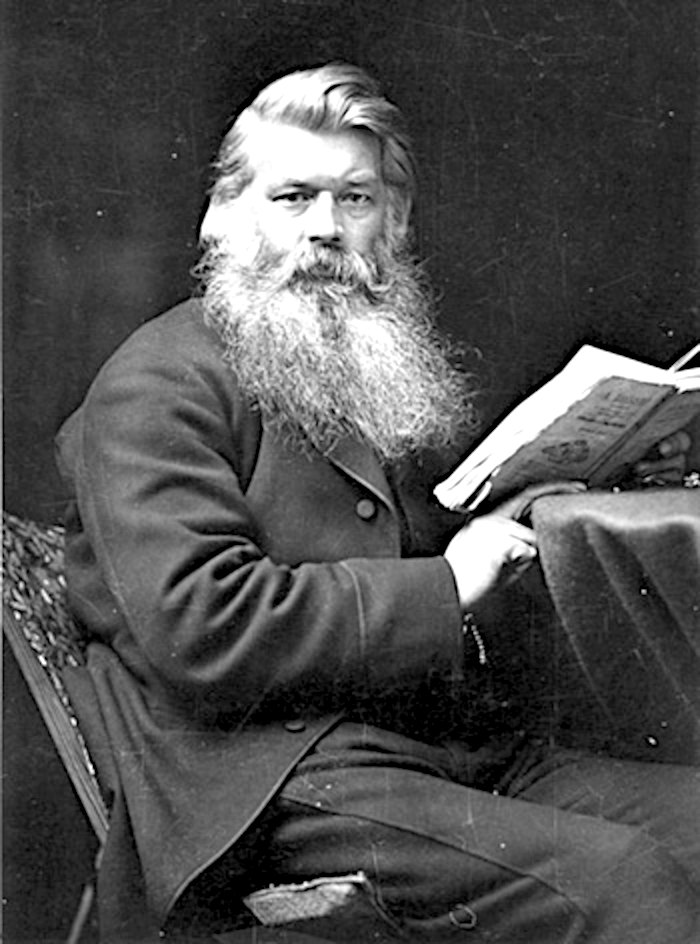|
THOMAS ALVA EDISON
Please use our A-Z to navigate this site where page links may lead to other sites, or see HOME
|
|
|
The electrical power generation industry began when light bulbs and other devices that needed reliable energy supplies were invented. Telephones and televisions all needed electricity. It is painful to cast aspersions on the reputation of one of America's heroes, but Edison, who patented his bulb in 1879, improved on a design that British inventor Joseph Swan had patented 10 years earlier. Improvement patents, are however, still inventive steps and legitimate development.
Thomas Alva Edison is held to be the inventor of the electric light bulb, though Sir Joseph Wilson Swan's, patent predated Edison's US patent, in England. Eventually, the two men became partners, with the Edison & Swan United Electric Light Co. (Ediswan Lighting Company). The High Court in London ordering the combatants to work together.
Having invented the light bulb, Edison needed to provide electricity to key areas, to promote the sale of his lighting apparatus. Useless of course, unless energy was available to power his bulbs, with the need for switches and other electrical components, that he could supply and recover his investment, and even turn a profit.
SWITCHES & BULBS - Where would we be without electric lighting. A battle royal ensued in the law courts and Thomas Edison and Joseph Swan slogged it out in the London High Court, ending with the combatants working together as the Edison & Swan United Electric Light Co. ELECTRIC BAKERY - The earliest surviving generating station, dating from C. 1900, with battery based load levelling as the core technology, coupled to a 48 volt DC generator, is in the little village of Herstmonceux, Sussex.
England's Joseph W. Swan, was a chemist, who experimented in the 1850s and 60s with carbon filaments. His early efforts failed however, because the vacuum pumps of those years could not remove enough air from the lamps. By the mid-1870s better pumps became available, and Swan returned to his experiments.
Today, light bulbs are considered to be wasteful of energy, creating a lot of heat for the light output. They are being replaced by LEDs, as part of the fight against climate change, and simply to cut the cost of lighting.
The electrical power generation industry began when light bulbs and other devices that needed reliable energy supplies were invented. Telephones and televisions all needed electricity.
Please use our A-Z INDEX to navigate this site
This website is provided on a free basis to promote zero emission transport from renewable energy in Europe and Internationally. Copyright © Universal Smart Batteries and Climate Change Trust 2022. Solar Studios, BN271RF, United Kingdom.
|




